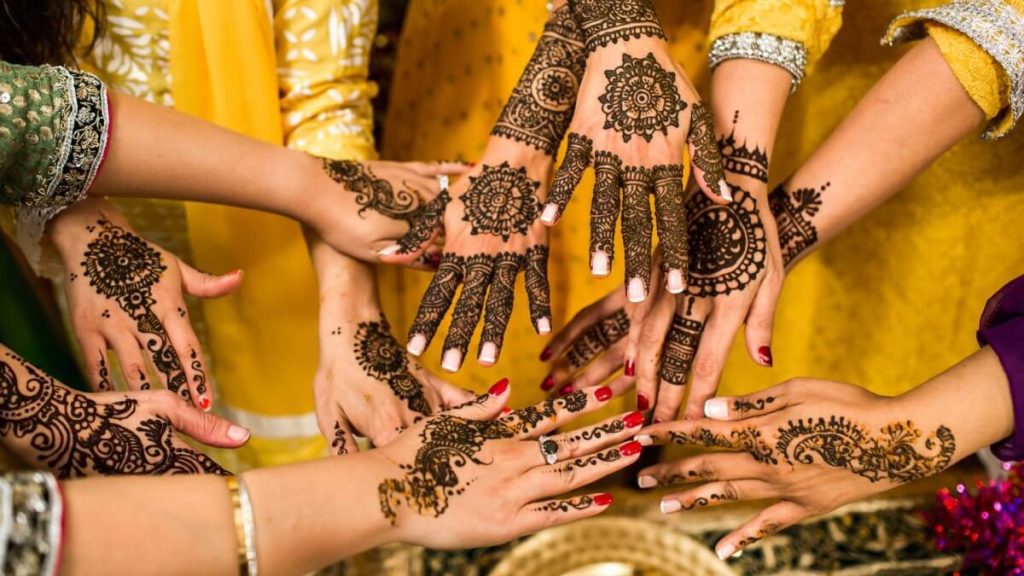
HYPERVSN 3D Catalog
USD 1,200
Qty

HYPERVSN 3D Catalog
USD 1,200
Qty

HYPERVSN 3D Catalog
USD 1,200
Qty
Cart Subtotal:
USD 3,600

HYPERVSN
Marketing Department
Culture significantly influences purchase decisions by shaping consumer preferences, values and behaviours. Cultural factors, such as traditions, societal norms and shared beliefs, play a pivotal role in determining what products individuals choose to buy. Brands that understand and resonate with the cultural identities of their target audience can establish stronger connections, as consumer choices often reflect a desire to align with cultural values and express personal identity within a broader societal context.
Culture, a complex tapestry woven with shared values, traditions and societal norms, exerts a profound influence on the choices individuals make, including the products they choose to purchase. In this blog post, we delve into the intricate ways in which culture shapes consumer behaviours, navigating through the nuances of identity, social influences and the ever-evolving landscape of globalised markets.
Individuals often perceive products as extensions of their cultural identity. Cultural backgrounds shape preferences, influencing choices from clothing styles to food preferences. For example, a person with a strong connection to Japanese culture might gravitate towards products that reflect Japanese aesthetics or traditions, whether it is clothing adorned with traditional patterns or a preference for Japanese cuisine.
Certain brands carry cultural cachet, signifying more than just products. They embody cultural values and aspirations. Consumers may choose brands that align with their cultural ideals or convey a certain status within their social groups. For instance, luxury brands are often associated with prestige, and individuals from cultures that place high value on social status may be drawn to these brands as a symbol of success.
Cultural rituals and festivals often trigger specific buying patterns. During holidays or celebrations, consumers may purchase products tied to cultural traditions or customs. For example, the demand for specific foods, decorations or gifts can surge during festive seasons, reflecting the influence of cultural practices on consumer behaviour.
The language used in marketing materials plays a crucial role in resonating with diverse cultural audiences. The choice of words, tone and communication styles should align with cultural nuances to establish a genuine connection. Brands that understand the linguistic and cultural intricacies of their target audience can craft messages that resonate on a deeper level.
Within broader cultural contexts, subcultures further shape consumer choices. These subcultures, defined by shared interests or experiences, create distinct consumer segments with unique preferences. For instance, within the broader culture of fitness, there are subcultures like CrossFit or yoga, each with its own set of preferred products and brands.
Successful marketing requires cultural sensitivity. Brands that embrace and celebrate cultural diversity in their campaigns are more likely to connect with a wide range of consumers. Conversely, overlooking cultural nuances can lead to misinterpretation or even offence. A brand that understands the cultural context of its target market can tailor its marketing messages to resonate authentically.
As the world becomes more interconnected, individuals often navigate hybrid identities, blending elements from multiple cultures. This cultural fusion influences purchasing decisions, creating a demand for products that reflect diverse influences. Brands that acknowledge and embrace this hybridity can appeal to a broad spectrum of consumers.
Design elements in products often carry cultural symbolism. Whether it’s colours, patterns or motifs, these design choices can resonate with consumers on a cultural level. For instance, a brand incorporating traditional symbols in its product design may attract consumers seeking a connection to their cultural heritage.
Cultural influencers play a pivotal role in shaping consumer trends. These influencers, often embodying specific cultural values or aesthetics, can sway the preferences of their followers. Brands that collaborate with culturally influential figures can tap into established communities and gain credibility within specific cultural niches.
Cultural values are increasingly intertwined with ethical and sustainable considerations. Consumers from cultures that prioritise environmental responsibility may choose products aligned with eco-friendly practices. Brands that communicate and demonstrate a commitment to such values can attract consumers seeking products that align with their cultural and ethical beliefs.
In the intricate mosaic of consumer choices, culture stands as a guiding thread, influencing preferences, perceptions and purchasing decisions. Brands that recognise and respect the cultural dimensions of their target audience can create meaningful connections that transcend transactions. By understanding the role of culture in shaping consumer behaviours, businesses can navigate the diverse landscape of global markets with empathy, authenticity and a nuanced appreciation for the rich tapestry of human experiences.




subscribe

USD 1,200
Qty

USD 1,200
Qty

USD 1,200
Qty
Cart Subtotal:
USD 3,600☎️